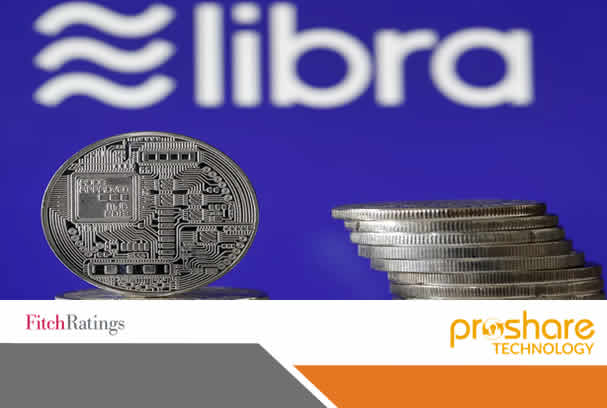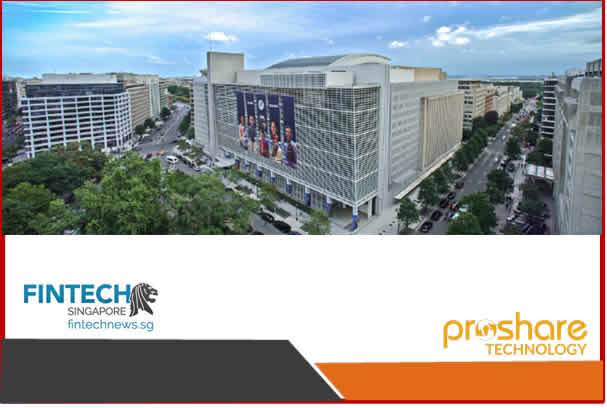Wednesday, March 16, 2022 / 02: 37 PM / by Fitch Ratings/ Header Image Credit: Institute for New Economic Thinking
U.S. money market funds (MMFs) and other cash investments in the financial system could face disruption if a Central Bank Digital Currency (CBDC) is introduced as contemplated as part of President Biden's recent Executive Order (EO) and in a Federal Reserve (Fed) white paper earlier this year, Fitch Ratings says. Potential unintended consequences of a CBDC include MMF outflows that could be made worse in times of stress. While CBDC development is at an introductory stage, the Fed appears aware of the potential implications for MMFs and the financial system more broadly, with any rating implications for MMFs dependent on the CBDC's ultimate structure.
The recent EO, which follows a CBDC proposal in a Federal Reserve (Fed) white paper earlier this year, directs U.S. government agencies to explore the creation of a CBDC and orders the Treasury to assess the opportunities and risks associated with the introduction of a digital currency. A Fed CBDC would be a digital version of physical U.S. dollars and would be a direct liability of the Fed. This would distinguish it from "commercial bank money", or the digital money currently available to businesses and individuals through bank accounts. CBDC would also differ from cryptocurrencies such as Bitcoin in that it would not be decentralized, anonymous, or operate on a blockchain.
Unlike commercial bank money, CBDC would have no liquidity or credit risk because the Fed would be acting as the only counterparty. CBDC effectively exists currently, but is only available for use by member commercial banks when they deposit and withdraw funds digitally with the Fed. Under the Fed's proposal, it would extend public access to safe central bank money, which would support inclusion in the financial system and lower transaction costs.
Investors and consumers may view CBDC as an alternative to money market funds or other short-term assets. If introduced, businesses and households may elect to transfer some of their MMF investments into CBDC. This could lead to elevated redemptions for money market funds and exacerbate market illiquidity in times of financial stress if investors move cash to assets perceived to be less risky, such as CBDC.
U.S. institutional prime MMFs had outflows of around $95 billion during the peak of market volatility in February and March 2020, or approximately 15% of assets under management, driven by investors' increasing appetite for lower risk assets amid the pandemic fallout. At the time, much of this cash moved to government MMFs, but the introduction of a CBDC could potentially position it as an alternative destination for cash. CBDC could even challenge U.S. Treasuries as the ultimate "risk free" asset, particularly in a period of potential future volatility associated with debate about the U.S. debt ceiling, a scenario which has occurred over the past few years.
The credit implications and disintermediation risks to MMF and other cash products will depend on the CBDC's ultimate structure. The Fed noted that the risks associated with inflows into CBDC can be managed, for example, by limiting the yield of CBDC relative to other monetary policy tools. The Fed is also considering a limit on how much CBDC can be owned and how quickly it can be accumulated by a single party.
 Lagos, NG • GMT +1
Lagos, NG • GMT +1











 180 views
180 views















 Sponsored Ad
Sponsored Ad
 Advertise with Us
Advertise with Us









